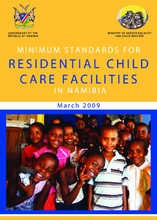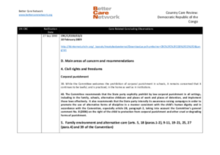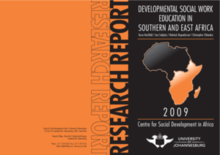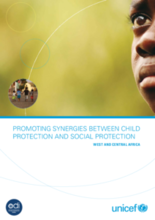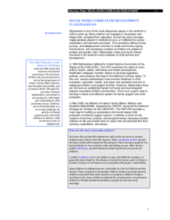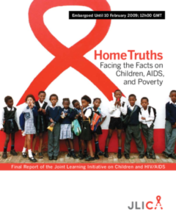Demographic Data
|
Sources: World Bank, UNICEF, UNDP HDR 2015, DHS 2013 |
Displaying 13471 - 13480 of 14554
UNODC published Guidelines to implement family skills training programmes for drug abuse prevention in March 2009. These guidelines contain evidence of effectiveness, principles of family skills training programmes, cultural adaptation guidelines, advice on how to recruit and retain families through the programmes, practical advice on training of staff, as well as information about monitoring and evaluating family skills training programmes.
This Minimum Standards for Residential Child Care Facilities in Namibia is designed to assist child care service providers, ministerial staff, social welfare partners, and other stakeholders concerned with the quality of child care, to establish, maintain and manage high quality care services for children in Namibia
A directory of resources promoting and guiding the participation of disabled children and young people in program development.
Study investigating the psychosocial impact of different high risk situations in West and Central Africa such as trafficking, ethnic cleansing, armed conflict or parental loss.
Outlines the development of a common set of indicators for EU member states to measure children's rights and collect data.
This country care review includes the care-related Concluding Observations adopted by the Committee on the Rights of the Child.
This research project aimed to contribute to knowledge development in understanding how the social development approach is actually being used by individual schools of social work in Southern and East Africa, and how this approach is impacting social work training, through primary empirical research.
Focuses on children’s vulnerabilities and risks related to an absence of protection from violence, abuse and neglect, and the ways in which measures to address such vulnerabilities and risks can be more effectively integrated into social protection policy frameworks in the West and Central Africa region.
This paper outlines a vision for the network of services, policies, and programmes necessary to protect children at risk and enable them to reach their full potential, free from violence, exploitation, and abuse.
Evaluates a number of fundamental misperceptions that have undermined the global response to children affected by the epidemic, and sets out evidence on how to better respond to their needs.


